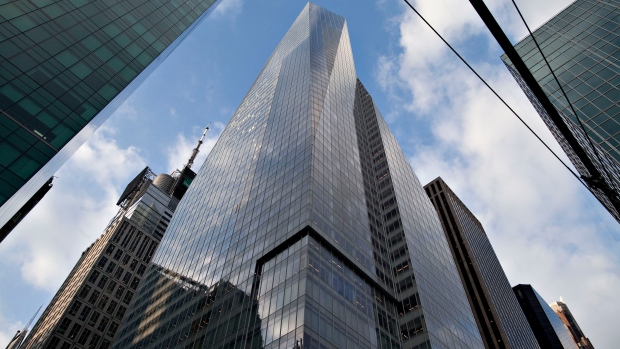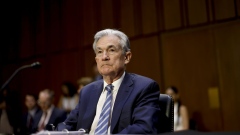Jun 28, 2018
Stress tests serve purpose despite complaints
, Bloomberg News

This year’s Federal Reserve stress test declared, once again, that the nation’s largest banks are strong enough to weather a severe recession without being bailed out. The big question is whether determining that is still worth it.
On Thursday, the Fed, for the fourth consecutive year, gave JPMorgan Chase & Co. (JPM.N), Bank of America Corp. (BAC.N) and more than two dozen large U.S. bank the go-ahead to return buckets of cash to their shareholders — US$93 billion in stock buybacks in the next year for the six largest banks, up from US$66 billion last year. Goldman Sachs Group Inc. (GS.N) and Morgan Stanley (MS.N), after doing worse than expected on the test, had to hold their payouts, including dividends, at the same level as last year. Those two banks, along with State Street Corp., will have to resubmit a portion of their test later in the year for final approval.
Four other banks, including JPMorgan, had to lower their capital distribution plans after seeing the results of the first portion of test, which came out last week. But nonetheless, all the banks, with the exception of the U.S. division of troubled Deutsche Bank, which was expected to fail, can claim a clean bill of health. And on average, banks will be able to distribute 95 per cent of their profits, the Fed said, in line with analysts’ estimates.
And yet, more than anything else, this year’s stress test yielded a lot of griping. The banks said the test was too strenuous because it assumed a recession just as severe as in past years, and because the economy has been improving, that meant a bigger drop. Some said the public shaming built into the test was unhealthy. The Fed itself seems to be moving away from officially handing out passing or failing grades. Bank lobbyists pointed out that a proposal that could require banks to hold even more capital was unnecessary because other regulations have already made banks safer. They argued that the tests, because they force banks to retain more capital than they need, hold back lending and the economy. On the other side, Neel Kashkari, the president of the Federal Reserve Bank of Minneapolis, declared the test flawed and said the biggest banks would essentially still have to be bailed out in another financial crisis.
Despite the passing grades and higher payouts, investors, who had cheered the results of the test in the past, sent the shares of the big banks down this year. The mere suggestion of potential losses, even hypothetical ones, when investors are already worried about rising interest rates, tariffs and other worrisome geopolitical news, proved unhealthy for bank stocks.
All of that overlooks how we got here in the first place. One of the biggest problems the banks had in the run-up to the financial crisis was that their capital levels were able to cover just 3 per cent of potential losses. Now they have increased their capital levels to about 12 per cent, more than required by law. The stress test played a starring role in fortifying the financial system. And even with the recent drop, bank stocks have more than doubled since the financial crisis. Given the health of the banks, and the health of the economy, it may seem easy to declare that the hassle of the annual stress test is just not worth it. But perhaps when it’s needed the most, it’s already too late.


